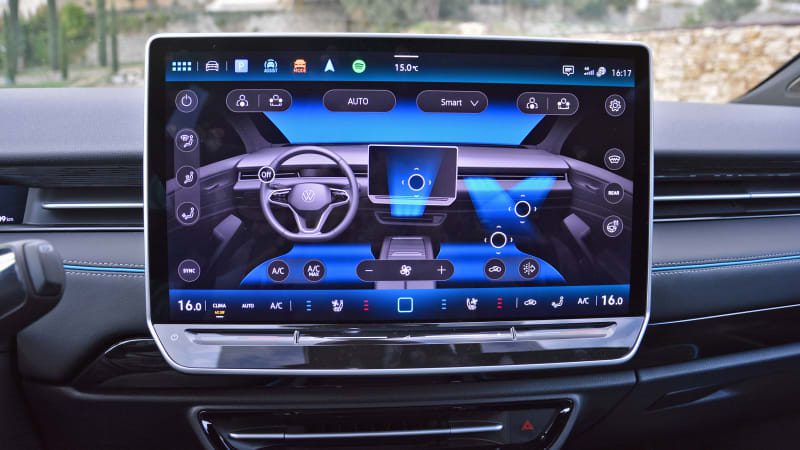European regulators plan to incite carmakers to bring back buttons

Over the past couple of years, carmakers have increasingly replaced physical buttons with menus integrated into the infotainment system’s touchscreen. This solution saves space on the dashboard and makes cars cheaper to build, but it hasn’t always received a warm welcome from motorists. Rather than letting customer feedback shape a car’s interior, European regulators are rolling out a carrot-and-stick approach.
Starting in January 2026, every new car sold in the European Union will need to feature a physical button or switch for the turn signals, the hazard lights, the horn, the windshield wiper, and the eCall function to earn the highest-possible crash test rating. Unlike the electrification campaign, which imposes substantial fines on companies who don’t comply with ever-stricter regulations, there won’t be a financial penalty for not bringing in buttons; however, cars that don’t have the aforementioned equipment won’t be able to claim a five-star safety rating.
“The overuse of touchscreens is an industry-wide problem, with almost every vehicle-maker moving key controls onto central touchscreens, obliging drivers to take their eyes off the road and raising the risk of distraction crashes,” explained Matthew Avery, the director of strategic development for the European New Car Assessment Programme (NCAP), in a recent interview with British newspaper The Times. Think of the Euro NCAP as Europe’s equivalent to the National Highway Traffic Safety Administration; it’s responsible for crash-testing new cars.
Carmakers haven’t reacted to the new norms yet, but the policy shouldn’t send a major ripple across the industry. It’s true that new cars increasingly rely on touchscreens; Volkswagen’s new ID.7 features touchscreen-controlled air vents (pictured), for example, and even many cheaper and older models, such as some variants of the last-generation Citroën C3, ditched their physical climate control system buttons in favor of a menu in the touchscreen. Broadly speaking, however, the features that the Euro NCAP detailed remain operated by physical switches or buttons. Tesla is one of the few brands who will need to make changes; the Model 3’s wipers are activated using the screen.



